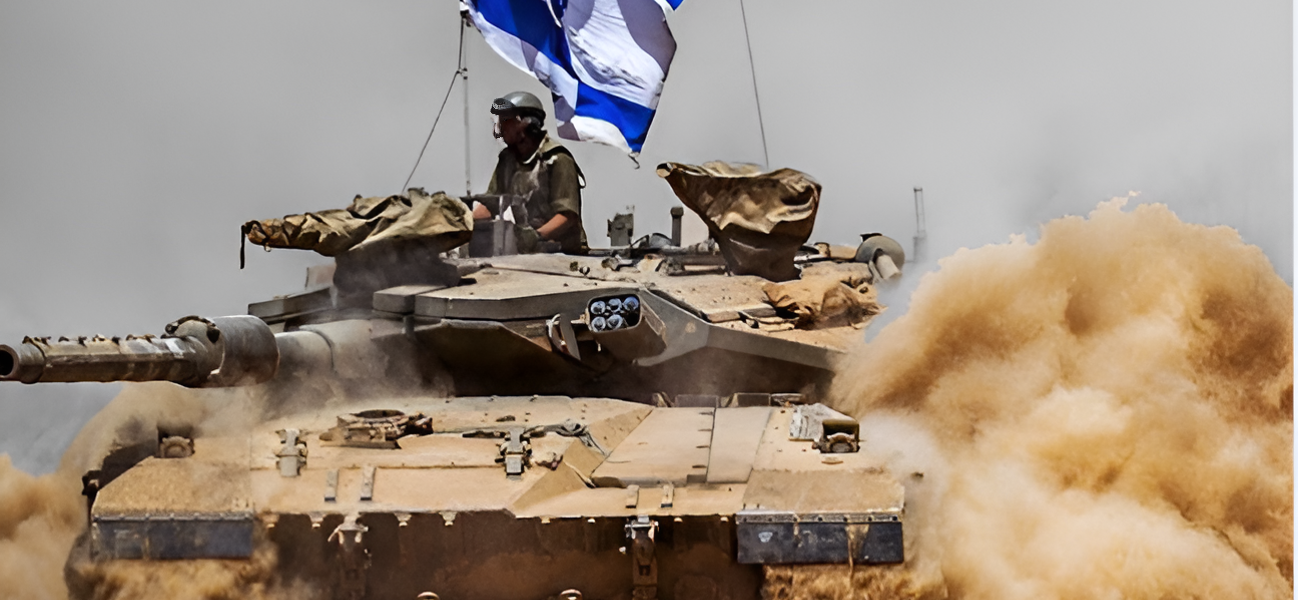
Israel’s development of its indigenous main battle tank, the Merkava, was born out of necessity and a desire for battlefield superiority. After receiving its first U.S.-made M60 tanks in 1971, considered the pinnacle of Western armored technology at the time, the Yom Kippur War of 1973 revealed significant shortcomings in their performance against the Soviet-designed T-62. The war’s lessons led Israel to embark on creating its own battle tank to better counter advanced Soviet platforms. By 1978, the Merkava I entered service, proving far more survivable than the American M60 during its combat debut in the Lebanon War. Over the next three decades, the platform evolved through successive iterations, culminating in the Merkava IV, the current backbone of Israel’s armored forces.
In 2006, during the war with Hezbollah, the Merkava III and IV demonstrated their combat prowess but suffered heavy losses against the militia’s advanced anti-tank weaponry, such as Russian-made Kornet missiles. Hezbollah’s fighters, well-trained in operating these systems, effectively nullified the Merkava’s reactive armor. These setbacks spurred an urgent modernization program to enhance the Merkava IV’s survivability, recognizing Hezbollah’s growing anti-tank capabilities.
The latest iteration of the Merkava IV, nicknamed the ‘Windbreaker,’ represents a quantum leap in tank survivability. Central to its advancements is the Rafael Trophy Active Protection System (APS), a cutting-edge defensive suite developed to counter Hezbollah’s formidable anti-tank arsenal. Declared operational in 2009 and deployed the following year, the Trophy equips the Merkava IV with four sensors mounted on its turret and rear, providing 360-degree threat detection.
When an incoming projectile is deemed a direct threat, the Trophy fires High Explosive Anti-Tank (HEAT) interceptors to neutralize it mid-air. Complementing this, the tank’s Amcoram LWS-2 laser warning system detects laser-guided threats and deploys smoke grenades or decoys via its POMALS launcher to divert heat-seeking missiles.
One key factor distinguishing Israel’s Merkava program from Western counterparts is its continuous battlefield exposure. Unlike nations such as Germany, whose Leopard II tanks faced vulnerabilities only during their combat debuts in Iraq and Syria under Turkish forces, Israel regularly refines its platforms based on real-world engagements. This relentless cycle of combat testing has enabled the Merkava to surpass Western tanks in survivability and operational efficacy.
The Trophy system’s operational debut came on March 1, 2011, when it successfully intercepted a missile targeting a Merkava IV near Gaza, marking the first combat success for the APS. During Operation Protective Edge in 2014, the Trophy proved its mettle by neutralizing multiple threats, including a Russian-built Kornet missile. While this success showcased the system’s effectiveness against Palestinian factions in Gaza, Hezbollah’s superior training and potential access to more advanced Russian anti-tank systems remain a significant challenge.
The success of the Merkava IV’s survivability systems has garnered international interest. Despite the vast resources of Western militaries, no comparable APS has been fielded on platforms like the American M1 Abrams or the German Leopard II. The United States has already enlisted Israeli expertise to integrate Trophy systems into its own tanks, and other nations may follow suit, acknowledging the system’s superiority.
While the Merkava IV Windbreaker represents one of the most well-defended tanks in the world, its effectiveness against Hezbollah’s evolving arsenal remains uncertain. The militia has likely obtained newer, more advanced anti-tank systems through its collaboration with Russia during the Syrian conflict. As Israel prepares for potential future conflicts in southern Lebanon, the battlefield performance of the Merkava IV will serve as a critical test of its survivability enhancements.
Despite the challenges ahead, the Merkava IV’s advancements underscore Israel’s commitment to maintaining battlefield superiority. By prioritizing survivability and leveraging combat experience, Israel has set a benchmark for modern armored warfare platforms, ensuring the Merkava IV remains a formidable force in the region.



